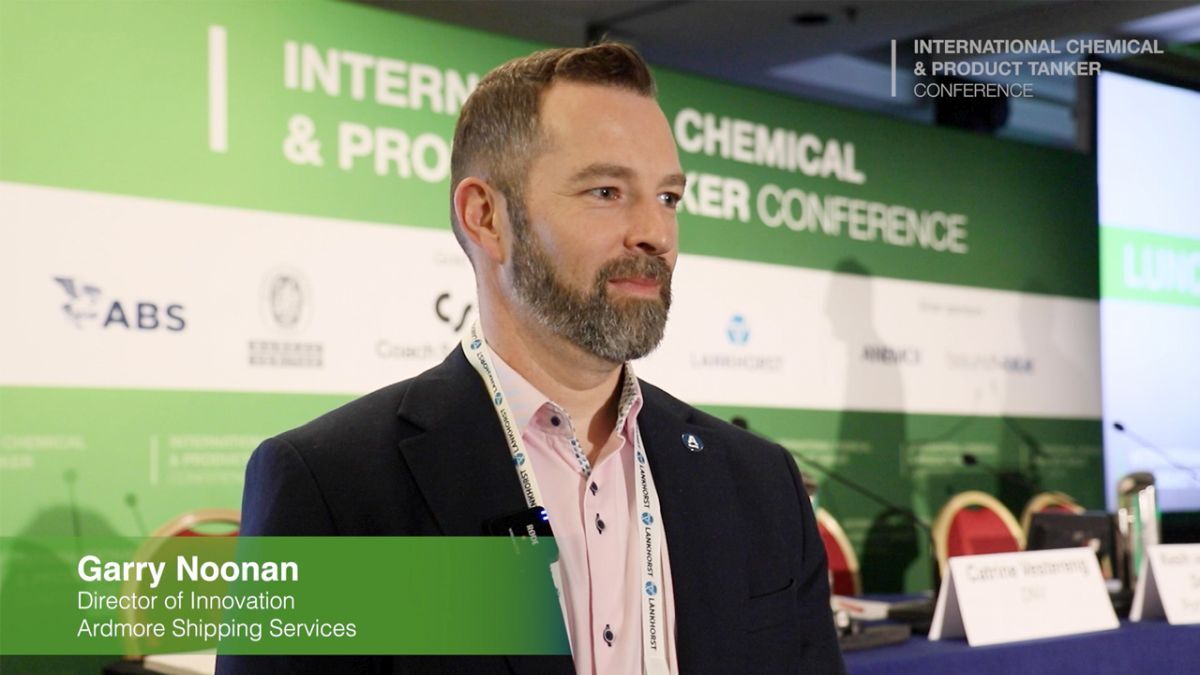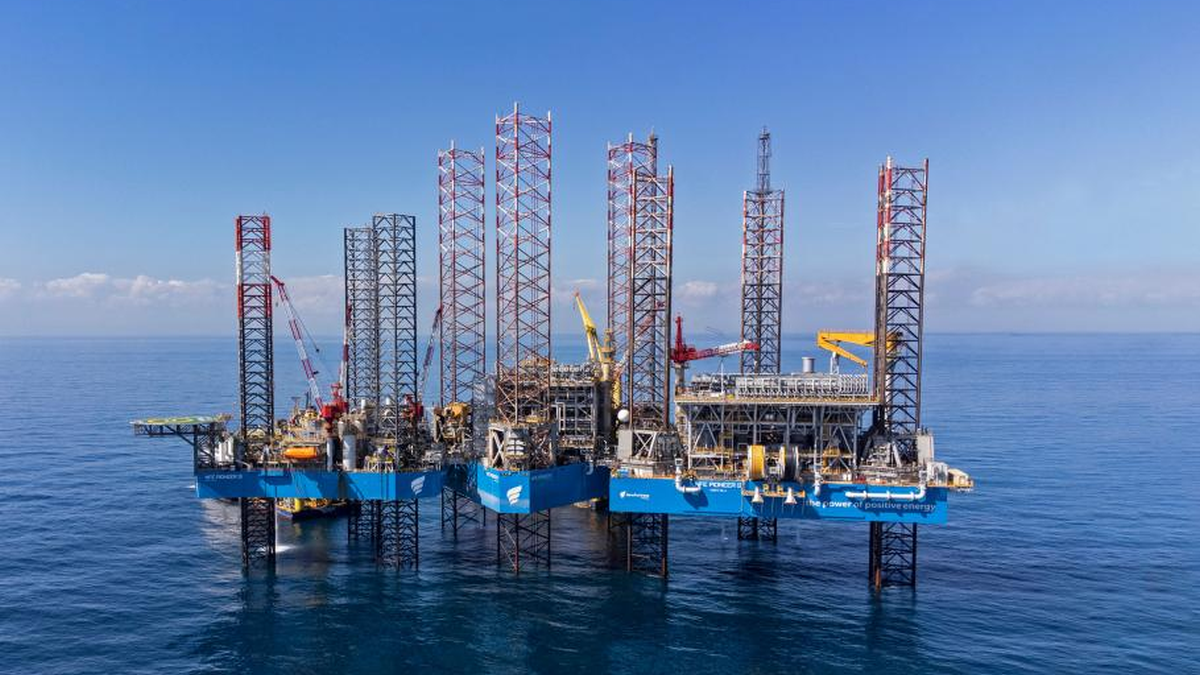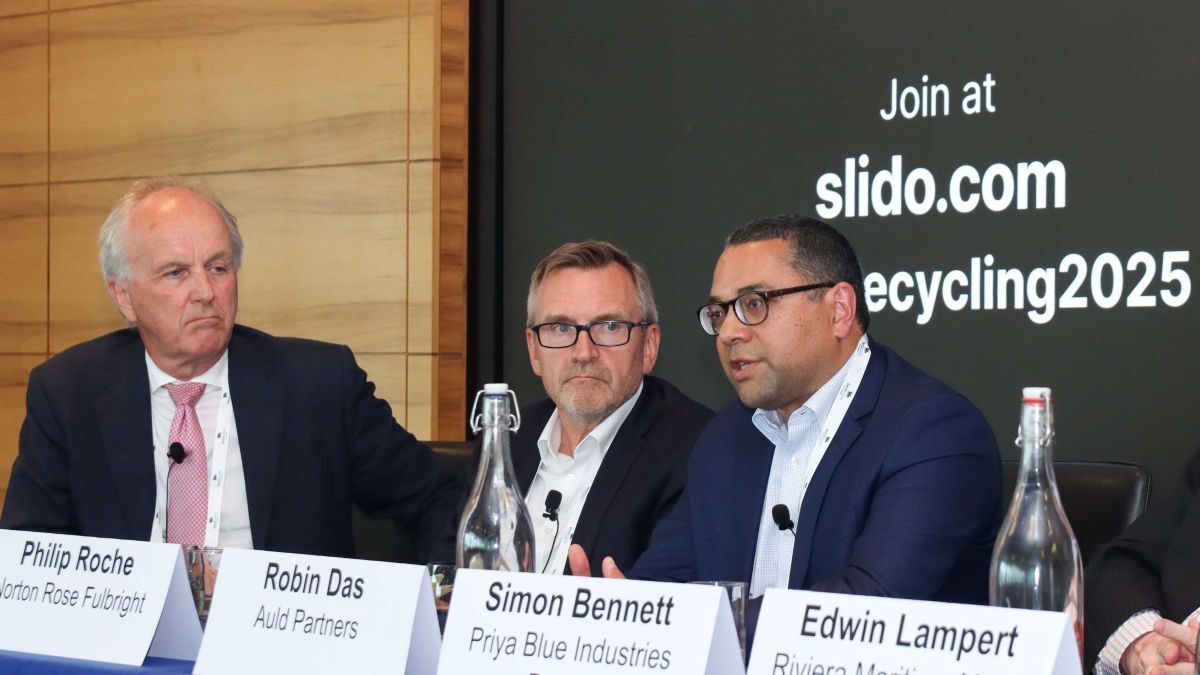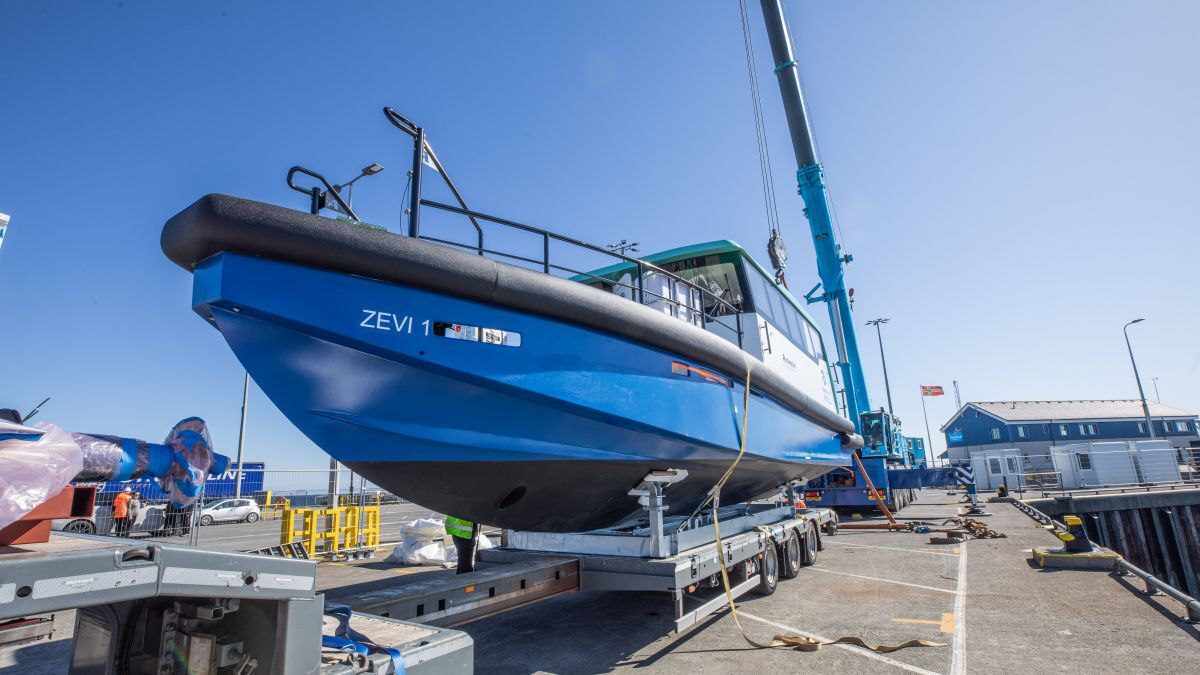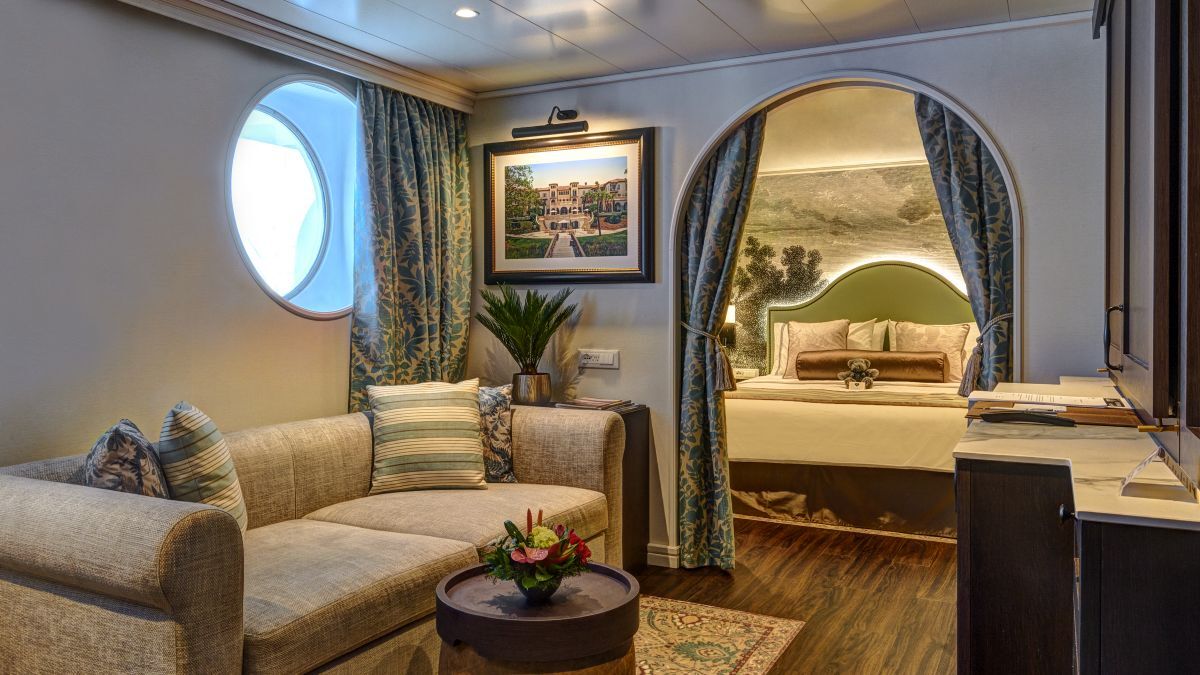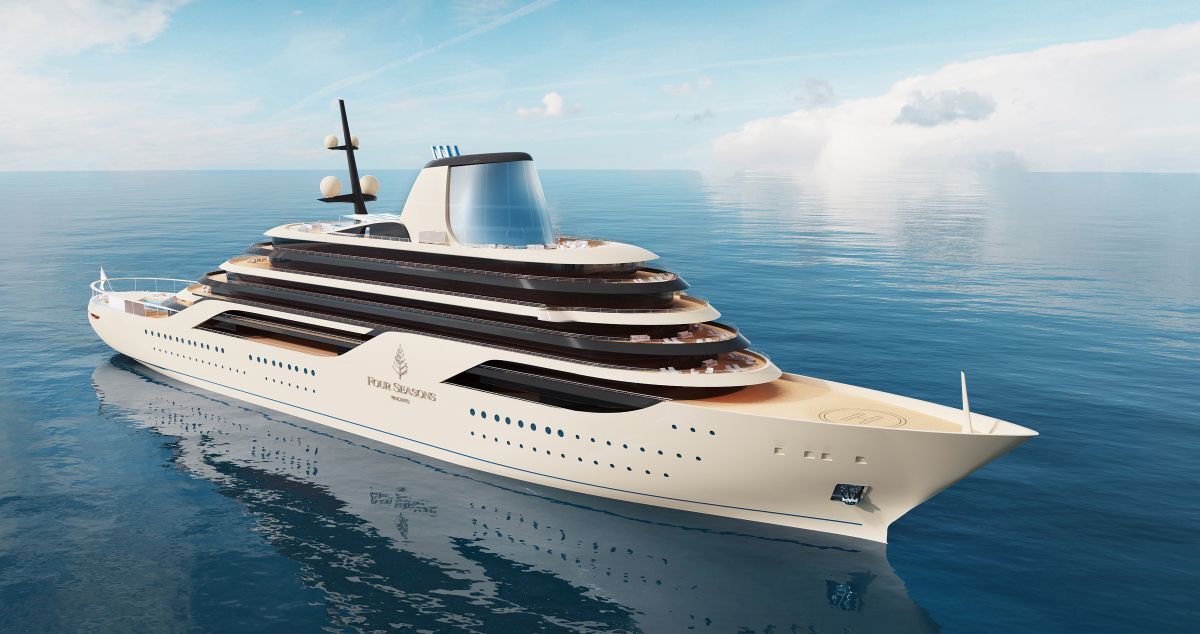Business Sectors
Contents
Lack of continuity could have caused Calypso fire
Lack of continuity brought about by frequent changes of ownership on a former ferry may have been the root cause of an engineroom fire, along with a failed attempt at CO2 smothering
Proper attention to technical bulletins issued by engine manufacturer Wärtsilä in 1995 and 1999 would probably have averted a major engineroom fire on board the 11,162gt cruise liner Calypso on May 6 last year, according to the UK Marine Accident Investigation Branch (MAIB) investigation report.
The MAIB said it is possible that six changes in ownership of this former ferry were responsible for a failure to make the necessary modifications. It noted that an attempt to employ CO2 smothering failed to follow good practice and nearly had very serious consequences, aside from not making any contribution to extinguishing the fire.
Calypso was built in 1976 as the passenger/car ferry Canguro Verde. In 1994, a major conversion to a cruise vessel was completed and new engines were installed.
At 0330 ship’s time, the Cypriot registered vessel, on passage from Tilbury in the UK to St Peter Port in the Channel Island of Guernsey, was left drifting 16 miles south of Beachy Head as a result of an intense fire that seriously damaged the starboard main engine.
The ship was towed to Southampton, where investigation revealed that the fire was caused by a failed low-pressure fuel pipe flange on the starboard Wärtsilä Vasa32 engine. The modified sprayguard was ineffective and fuel sprayed onto the turbocharger and/or exhaust piping. The two 10mm-flange bolts had failed. Wärtsilä was aware of the flange design weakness and had issued technical bulletins recommending, among other things, replacement with four-bolt flanges. The owner of Calypso was unaware of this advice.
The MAIB said the firefighting response demonstrated flaws in the knowledge, experience and training of some senior officers.
Those on board believed the fire had been extinguished by the fixed CO2 smothering system, but that system had not, in fact, been activated. The fire had actually abated as a result of fuel starvation, in consequence of the quick action of the engineer officer on watch, said the report.
The attempt to release CO2 was made from the CO2 room, and not from the remote operating station, from where mistakes were less likely to have been made. The person detailed to release the CO2 was also not the person designated on the muster list, and he had mistaken timer bottles for pilot cylinders so that, contrary to general belief, no CO2 had been released at the time of the fire.
The report also highlighted that after the fire, the CO2 system was not made secure, remaining in a dangerous condition with valves open and cylinders full.
The MAIB has circulated a flyer addressing the main lessons learned regarding fixed CO2 installations, and recommends the production of an IMO circular on the design of control stations for such systems, to cover:
• identification of critical system components
• location and identification of non-essential system components
• need for clear indication that the
discharge mechanism of each reservoir has been activated
• required crew actions following system use.
The ship was fitted with a water mist spray system, but this was not used to fight the fire because its controls were sited in the engine control room, which quickly filled with smoke.
Calypso held a current passenger ship safety certificate, issued on April 18 2006 by Lloyd’s Register of Shipping following a winter lay-up, refit and change of flag from Greece to Cyprus.
Soon afterwards, Port State Control (PSC) inspections in Seville, Spain and Tilbury identified numerous deficiencies. In the MAIB’s opinion, Calypso should not have been allowed to sail from its refit port with a passenger certificate, and in view of the nature and number of deficiencies identified in Seville, there was a strong case for detaining the ship.
MAIB noted a number of serious shortfalls in the way that the ISM Code was operated, and considered it was not applied in a manner that delivered an effective safety culture.
The Dover Maritime Rescue Coordination Centre (MRCC) was unable to find any details of SAR (search and rescue) data providers on the international index, and so was unable to contact the owner. FT
Related to this Story
Events
Reefer container market outlook: Trade disruption, demand shifts & the role of technology
Asia Maritime & Offshore Webinar Week 2025
Marine Lubricants Webinar Week 2025
CO2 Shipping & Terminals Conference 2025
© 2024 Riviera Maritime Media Ltd.



